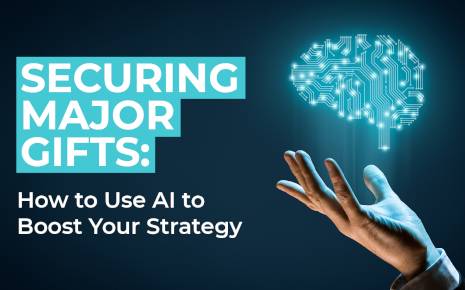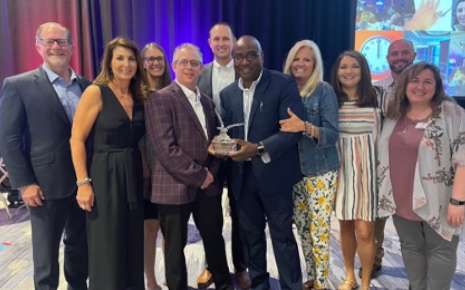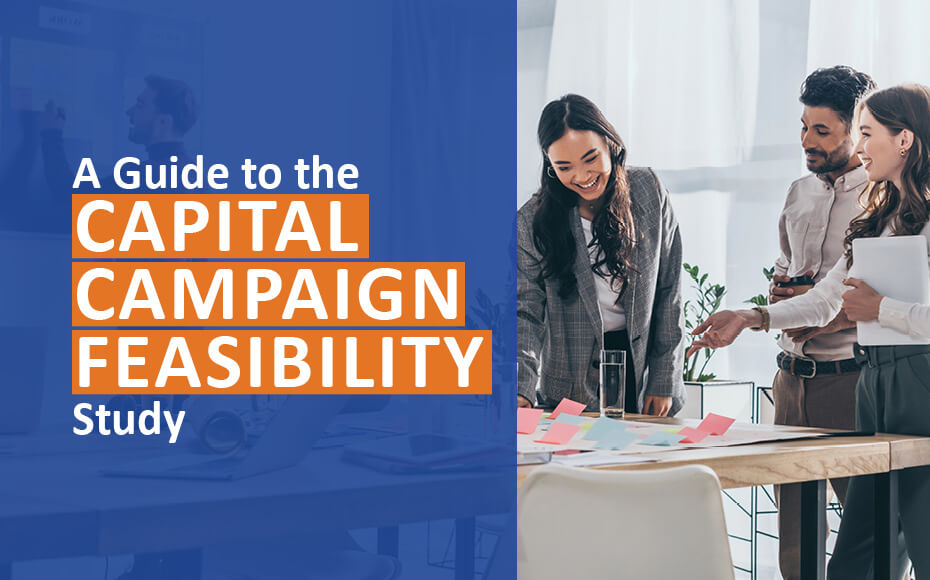Major gifts are the largest donations your nonprofit receives, so they often play a significant role in your ability to move the needle on your mission.
However, sourcing and securing these gifts is often easier said than done. Finding prospects (or existing investors!) who are willing and ready to give takes hours of sifting through large amounts of data, verifying patterns and trends in that data, and building relationships. The process can be inefficient and difficult to scale, slowing your major gift fundraising efforts down significantly.
Luckily, the future is bright for nonprofits seeking major gifts thanks to artificial intelligence (AI). More and more, nonprofits are tapping into the power of AI to streamline much of their work, including the screening process.
With the right tools on your side, you too can accurately and efficiently identify future investors who are ready to say yes to a major donation ask. Let's walk through how you can get started with using AI to boost your major gifts strategy.
1. Determine which AI tools you'll need.
First, you'll need to shop around for an AI tool that you can be confident will give you accurate insights into who your investors are and how ready they are to give a major gift. Here are some features to add to your shopping list:
- The ability to integrate your organization's data with industry-leading external datasets so you get a fuller picture of your investors
- An advanced machine learning algorithm that can process large amounts of information, detect intricate patterns and trends in your data, and give specific predictions about and recommendations for individual investors
- A model that improves its accuracy and refreshes its insights as you feed it more and more data
While prospect identification and segmentation are the main use cases for AI when seeking major gifts, you can also use AI to streamline other parts of your organization's workflows. For example, AI can help your team:
- Automate routine tasks. For example, you might want to automate data collection or meeting scheduling to save your team time.
- Keep in touch with your community. You can set up an AI-powered chatbot on your website to answer questions and provide guidance around the clock.
- Manage your social media presence. AI can help you monitor engagement on multiple platforms and even provide recommendations for the best types of content to create.
- Detect fraud. AI algorithms in fundraising or payment processing tools can identify what a typical transaction, donation, or grant distribution looks like for your organization and then detect anything that deviates from the norm.
The great thing about any AI tool especially one that can help you with prospecting and screening is that it will save your organization time and resources that can be better spent on the most important part of the major gift fundraising process relationship building! Keep this in mind as you research different tools and providers.
2. Commit to using AI responsibly.
Before you dive into using your chosen AI tool in your major gift fundraising strategy, take some time to define your organization's approach to using AI and how you'll do so ethically.
In the world of AI, ethical use is referred to as responsible AI. DonorSearch's guide to responsible AI defines the term as ‘the practice of adopting and using AI technology in a way that promotes privacy, security, ethics, inclusiveness, accountability, and transparency.’
There are a number of benefits to using AI responsibly, but the most important is that you'll maintain trust between your nonprofit and your community as you use AI in ethical ways to drive positive impacts for your beneficiaries.
To ensure that you're using AI responsibly at your organization, follow these tips:
- Work with providers whose values align with yours and who prioritize responsible AI.
- Thoroughly train your nonprofit's team on how to properly use AI, teaching them how to be careful stewards of investor information and donations.
- Always get informed consent before using investors data.
- Use high-quality, inclusive data to avoid perpetuating biases and prejudices.
- Educate your stakeholders and broader community about how your organization is using AI.
- Stay informed about and follow all AI-related laws and regulations.
Begin your AI adoption journey by committing to the ethical and responsible use of AI. This will give you a foundation to stand on should any ethical dilemmas crop up as you're in the thick of fundraising.
3. Identify major gift prospects using AI.
Now it's time to put your AI tool to good use. Here's how it will work.
First, you'll provide the tool with access to your investor data and it will integrate that data with external datasets. Behind the scenes, the tool will be looking for potential (and current) investors that exhibit affinity, philanthropic, and capacity markers:
- Affinity markers tell you that an individual is specifically interested in your nonprofit's cause. These may include personal information like values, interests, and life experiences, as well as a history of involvement with similar nonprofits.
- Philanthropic markers indicate that the individual has a penchant for charitable giving. These may include previous donations to your organization or other nonprofits.
- Capacity markers demonstrate that an individual has the financial capacity to give a large gift. These markers may include real estate ownership, SEC transactions, and business connections.
An individual that exhibits all three kinds of markers is a viable prospect for giving a major gift. Note that wealth isn't the only determining factor here just because someone is wealthy does not necessarily guarantee that they're interested in giving a donation to your cause. AI tools help you go deeper than just learning about an investor's financial situation, helping you understand them as a charitable person.
After analyzing your data, your AI tool will then provide you with insights about the prospects and investors you've screened. But the right tool won't just tell you who to start building relationships with it will also provide you with specific predictions and recommendations tailored to that individual.
For example, some tools can tell you who is most likely to give in the next 12 months, who is likely to make a recurring gift, or who is likely to give the most over their lifetime. All these predictions are rooted in data, so you can trust their accuracy.
4. Use AI insights to personalize investor interactions.
Now comes the most important part of the major gift fundraising process putting in the time to build relationships with your prospects. Using what you've learned about these individuals from your AI tool, you can:
- Plan interactions that build rapport. In any type of relationship, you need to put in the time to get to know the other person. Your prospecting insights can help you plan interactions that will help you build relationships with potential investors. For example, you might learn from your AI tool that an investor has had a long career as an educator, loves to spend time with their family, and cares deeply about animal welfare. These tidbits of information can turn into great conversation starters and get-to-know-you questions as you interact with the prospect.
- Provide opportunities for engagement. Capturing one major donation isn't the end goal of a successful major gift program lifelong engagement is! Even before making your initial donation request, invite your prospective investors to engage with your nonprofit in ways that will resonate with them. For example, some may enjoy reading your blog to learn more about your nonprofit's story, joining your volunteer program, or sitting in on a board meeting. These engagement opportunities can help to deepen their connection with your cause, not only making them excited to donate but also more inclined to stay involved.
- Create tailored donation requests. When it does come time to make a donation request, you want to make sure it's a meaningful experience for your prospective investor. Working off of what you know about your prospect's philanthropic history, ask for a specific donation amount you're confident they would be comfortable giving. Then, explain what you plan to use the donation for and why you need their specific support. No matter their response, make sure to thank them for considering your request!
- Personalize thank-you messages. A simple 'thank you' can make all the difference in your ability to retain a major investor. Thank your investors in a way that you know will speak to them. For some, this might mean giving them a public shout out by including them on a recognition wall. Others may prefer quieter forms of appreciation, like receiving a thank-you letter and gift in the mail.
As you tap into the insights provided by your AI tool, make each interaction you have with your prospective major investors genuine. When you're truly giving it your all to build a lasting relationship with a prospect, they'll be able to tell, and it will make them more excited about supporting your nonprofit now and in the future!
Securing major gifts is essential to your nonprofit's success, and AI can help you find the prospects who are willing and ready to give. Follow the steps in this guide to get started using AI in your major gift fundraising strategy, and remember that the bedrock of your strategy will be a robust AI tool. You can do this!






